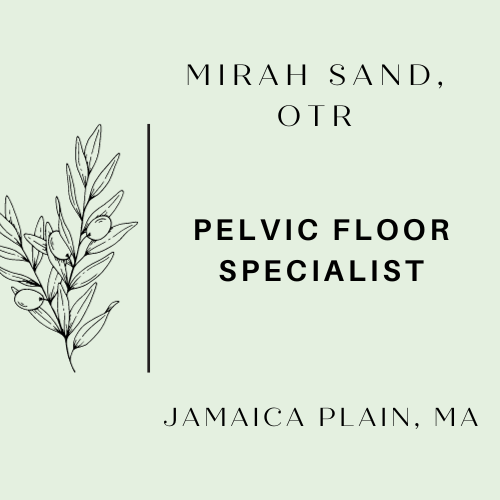Prolapse and pelvic floor therapy
Learning you have a prolapse during pregnancy or postpartum can be scary and overwhelming. What exactly is it? Will I need surgery? Will I ever be able to run again? It’s normal to be concerned, but hopefully understanding more about this common birth injury can ease some of the fears you might be experiencing. Research around the prevalence of prolapse shows variable numbers depending on the kind of study (actually looking at anatomical changes vs subjective symptoms), but it’s often suggested that one in two people delivering vaginally will have some degree of prolapse. If it’s so common, why aren’t we talking about it more?!
What is prolapse?
Prolapse occurs when the pelvic floor muscles weaken over time, making it harder to hold up your pelvic organs in their optimal position. The organs then push in on the vaginal muscles, sometimes creating a bulge. Prolapse can occur as a result of pregnancy, labor, chronic constipation, and age-related pelvic health changes.
Is my organ falling out of my body?
Probably not! For the bladder and the rectum, it would be physically impossible for the organ to actually “fall out” unless there’s a hernia or fistula. Technically, the uterus can drop fully into the vaginal canal, but this is rarer. For a bladder prolapse (cystocele) or rectocele (when the rectum pushes on the back wall of the vagina), you can imagine placing your hand inside a sock and pinching one piece of the sock slightly in. That’s a better visualization of a prolapse, rather than the organ “falling out” of your body
What are typical symptoms of prolapse?
Typical symptoms of prolapse can include feelings of pelvic heaviness or pressure, bladder challenges, and/or bowel dysfunction.
How do you manage prolapse?
For minor to moderate prolapses that don’t require surgical intervention, pelvic floor therapy is a great option for alleviating prolapse symptoms. Learning how to redirect unwanted pressure down on your prolapse, managing bowel dysfunction, functional movement, and activity modifications are all part of a well-rounded pelvic floor physical therapy or occupational therapy care plan.
